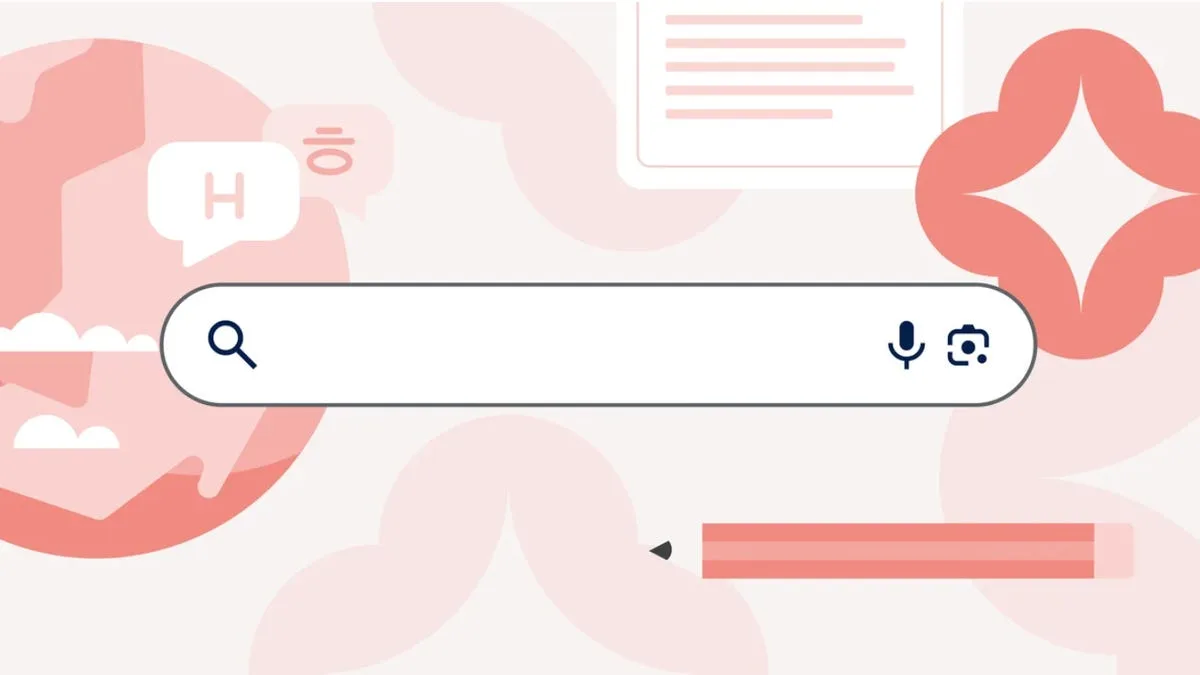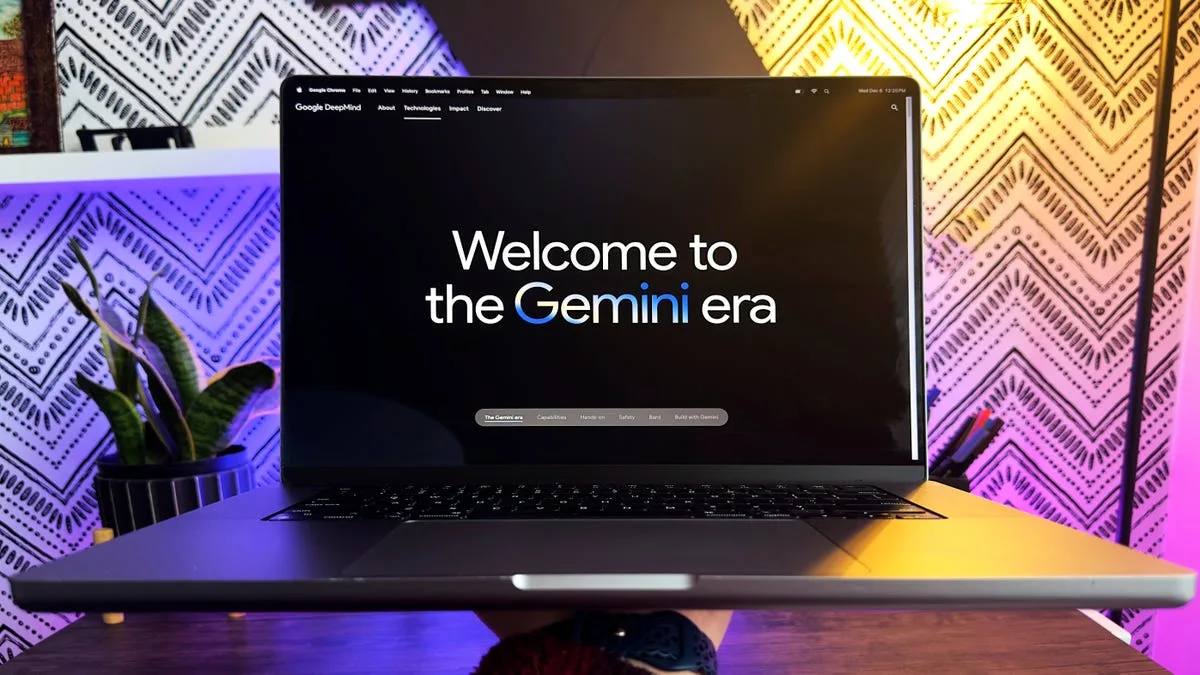Tragedy Strikes: The New Year’s Day Attack in New Orleans
A Deadly Incident on Bourbon Street
On New Year’s Day, a devastating attack unfolded in the heart of New Orleans, leaving 14 people dead and over 35 injured. As details emerge, it has become apparent that the assailant, Shamsud-Din Jabbar, meticulously planned his actions leading up to this tragic event. Witnesses reported chaos as Jabbar drove his pickup truck into crowds celebrating on Bourbon Street, a renowned spot attracting party-goers from all over the world.
The Assailant’s Profile
Jabbar, a 42-year-old U.S. Army veteran, previously attended college and was involved in multiple careers, including stints with Deloitte and Ernst & Young. Raised in Beaumont, Texas, Jabbar was reported to have recently returned to his Islamic faith. His varied life experiences provide a complex backdrop to his shocking actions during this New Year’s celebration.
A Systematic Approach: Planned Reconnaissance
Investigators have uncovered that Jabbar visited New Orleans twice before the attack, donning Meta smart glasses that were reportedly capable of recording. This detail indicates a premeditated approach to his assault, as he appeared to be scouting locations prior to the incident. The FBI also reported that Jabbar had traveled internationally, including visits to Egypt and Canada earlier in the year, although the significance of these trips remains unexplained.
The Day of the Attack
The attack took place shortly after 3 AM. Witnesses described Jabbar’s white pickup truck barreling down Bourbon Street, where festive crowds gathered to ring in the new year. After crashing into revelers, he exited his vehicle wearing body armor and began firing at police, injuring two officers in the process. The rapid response from law enforcement ended in a gunfight, during which Jabbar was killed.
Bomb Threats Unveiled
Hours before the attack, Jabbar left behind two improvised explosive devices (IEDs) placed in coolers along Bourbon Street. Thankfully, these devices failed to detonate due to Jabbar’s inability to secure a detonation mechanism. Investigators later discovered bomb-making materials at an Airbnb where he was staying, hinting at a broader scope of his planning.
Surveillance and Video Evidence
The FBI has released footage showing Jabbar cycling in the French Quarter while wearing the Meta glasses, raising questions about his intentions and mental state leading up to the assault. Although he was equipped with a device capable of livestreaming, he did not activate this feature during the attack, leaving investigators to piece together the motivations behind his actions.
Unpacking Jabbar’s Travels
According to Lyonel Myrthil, FBI special agent in charge of the New Orleans field office, investigating Jabbar’s travels is paramount. His trips to Cairo and Ontario in mid-2023 are under scrutiny, with agents working tirelessly to determine who he met and what conversations might have transpired along the way. His presence in New Orleans on two separate occasions supports the theory of betrayal, as he exploited the festive atmosphere to carry out his intentions.
Familial Insights: Who Was Shamsud-Din Jabbar?
Jabbar’s turbulent personal life adds complexity to the narrative. Having been married three times and struggling with financial woes, his family described him as a different man than the one who committed this act of terror. His brother publicly expressed their shock, asserting, “This isn’t a representation of Islam or the Muslim community, and we are all grieving this loss.”
Possible Motives Emerging
In the days leading up to the attack, Jabbar posted videos professing his support for the Islamic State (IS). These disclosures raise the possibility that his actions were ideologically motivated. In one video, he hinted at having initially planned to harm family members before redirecting his focus towards a broader target audience.
While the FBI believes Jabbar acted alone, they are continuously engaging in a thorough investigation to identify any potential associates, both domestically and internationally. This includes a careful review of connections he might have developed through his travels.
Security Implications: Post-Attack Measures
In the wake of this tragic incident, law enforcement in New Orleans is ramping up security measures, particularly around popular venues like Bourbon Street. Increased barricades and police presence reflect the urgent need to ensure public safety as the city prepares for upcoming high-traffic events, including Carnival season and the Super Bowl.
A City in Mourning
As the city grapples with the aftermath of this tragedy, President Joe Biden is scheduled to visit New Orleans to express solidarity with the victims’ families. The community’s resilience will be tested as they mourn the lives lost while hoping for healing.
Future Security Initiatives
Local authorities are committed to reassessing and enhancing existing security measures. After previous failures to secure the French Quarter with retractable bollards, officials are determined to implement effective solutions before the impending Super Bowl date.
Conclusion: Looking Forward Amidst Tragedy
The New Year’s Day attack in New Orleans serves as a somber reminder of the vulnerabilities communities face against acts of violence. With ongoing investigations and heightened security, the hope is that cities can foster an environment of safety, healing, and remembrance for the lives lost during this horrific event. As communities come together to rebuild, they are reminded of the importance of vigilance, support, and solidarity in the face of adversity.







